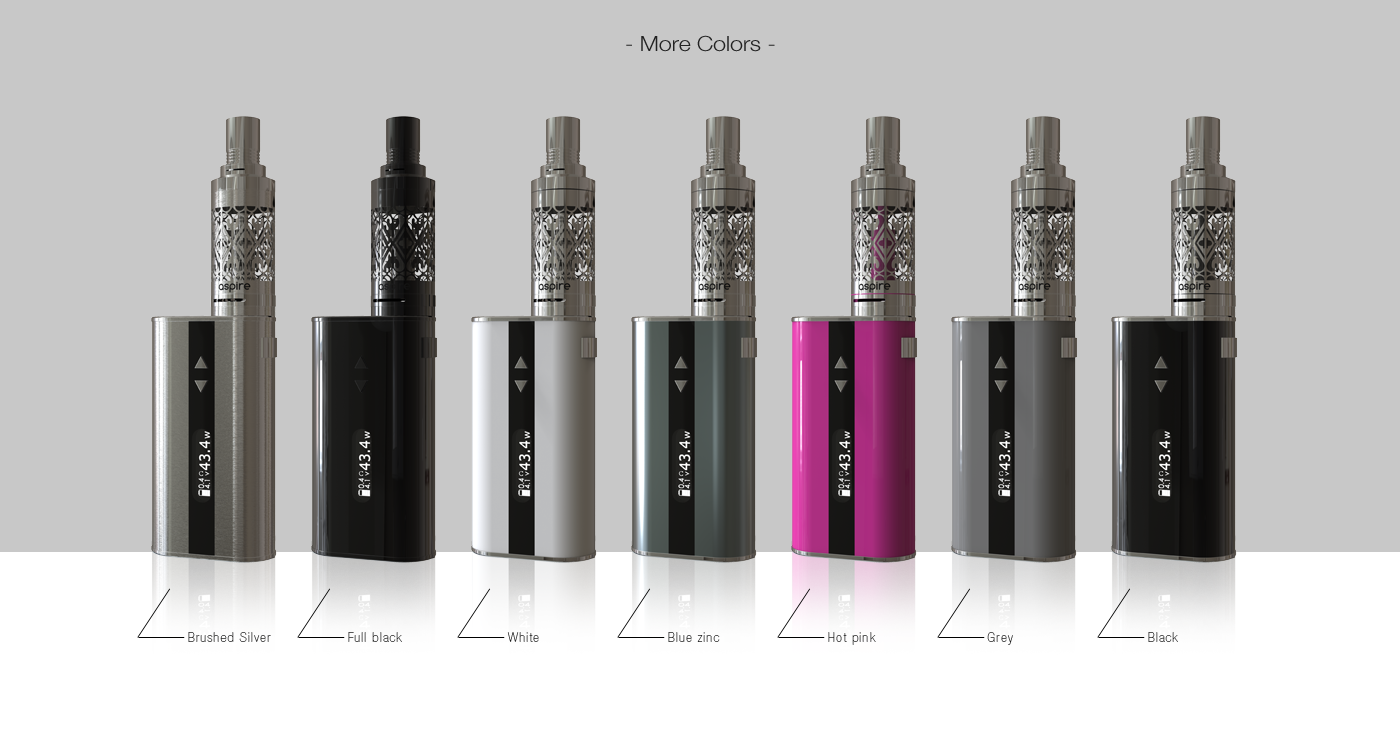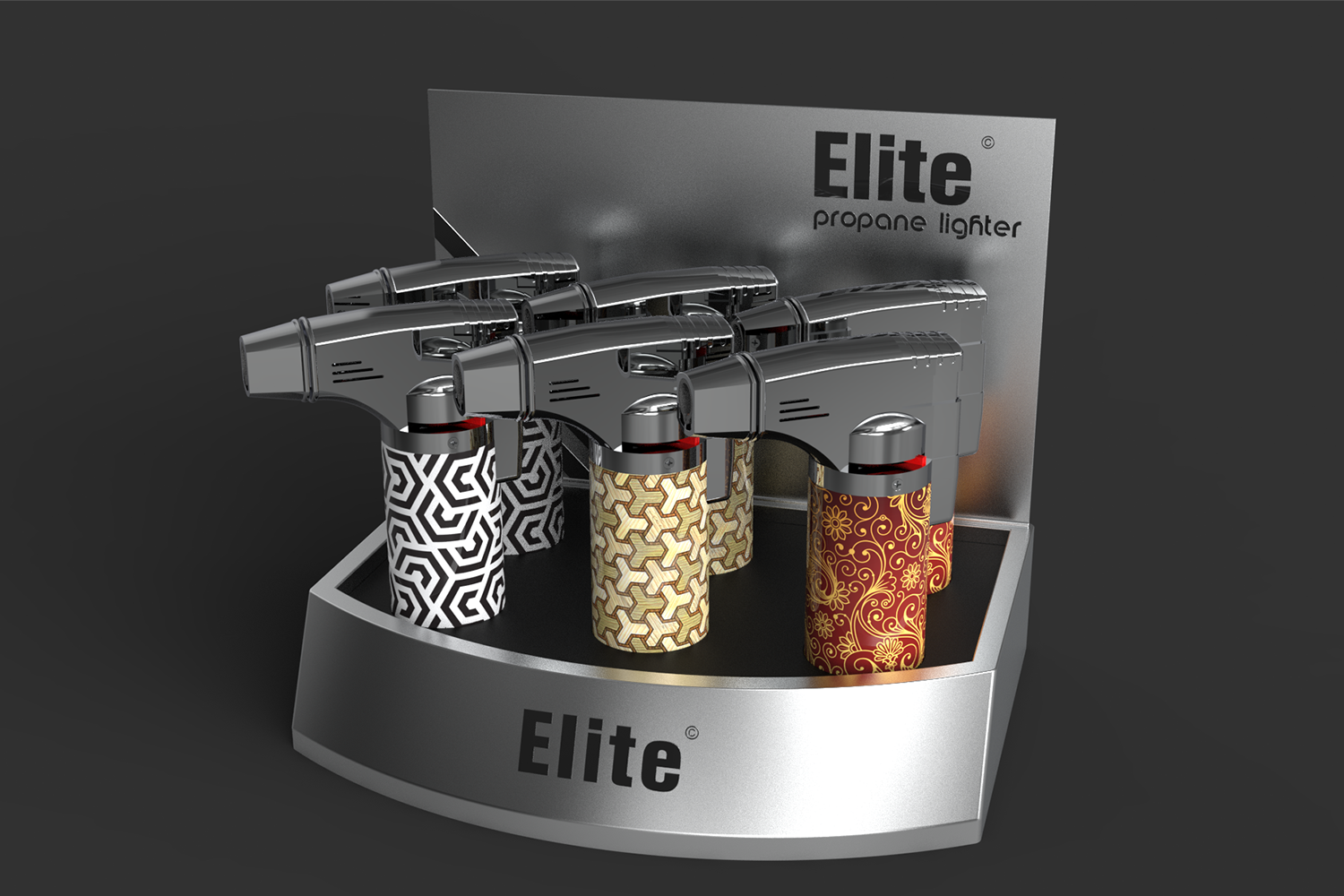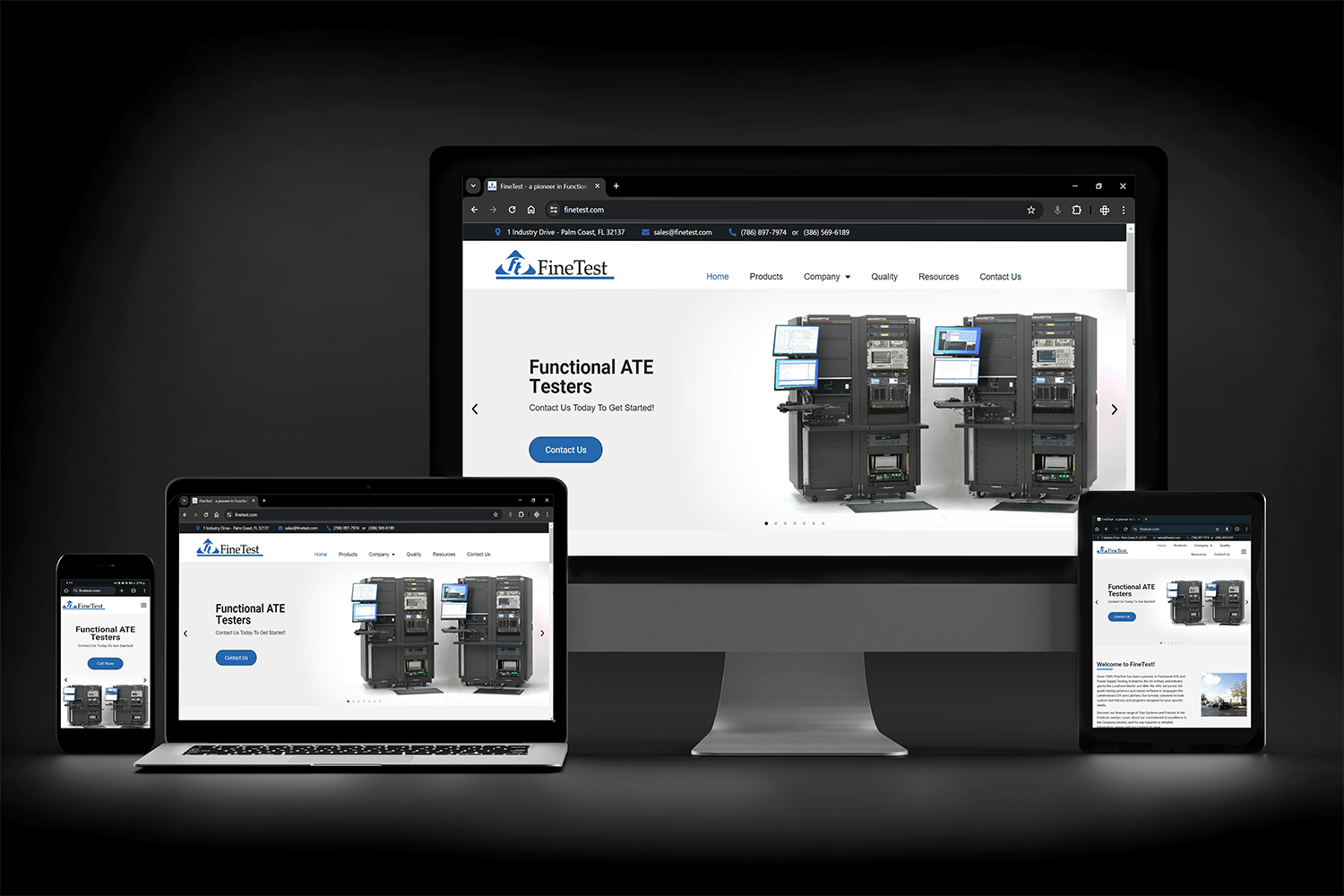Exploring the Golden Ratio in Logo and Icon Design
The Golden Ratio, a mathematical ratio approximately equal to 1.618, has been a cornerstone of design and aesthetics for centuries. It’s a principle derived from the Fibonacci sequence, a series where each number is the sum of the two preceding ones. This ratio is ubiquitous in nature, art, architecture, and more recently, in the realm of logo and icon design.
The Essence of the Golden Ratio
At its core, the Golden Ratio represents harmony and balance. It’s seen in the spiral of a seashell, the curves of a wave, and the shape of a galaxy. In design, it translates into compositions that are inherently pleasing to the human eye, evoking a sense of beauty and proportion.
Application in Logo and Icon Design
In logo and icon design, the Golden Ratio can be used to create layouts that have a natural sense of balance. This is achieved by constructing shapes and forms based on the ratio, ensuring that different elements of the design are proportionally balanced. The Twitter bird logo, Apple’s logo, and even the iconic Pepsi logo are prime examples where the Golden Ratio has been applied effectively.
Step-by-Step Design Process
Understanding the Concept: The first step is grasping the essence of the Golden Ratio and how it translates into a spiral or grid form.
Creating the Grid: Designers often start by creating a grid based on the Golden Ratio. This grid serves as the canvas on which the logo or icon is built.
Sketching and Ideation: Using the grid as a guide, designers sketch out ideas. The grid ensures that the proportions of the design adhere to the Golden Ratio.
Digital Implementation: Once a sketch is finalized, it’s translated into a digital format. Here, the precision of the Golden Ratio can be finely tuned.
Refinement and Testing: The design is then refined, ensuring it aligns with the grid. This stage often involves tweaking shapes and sizes to perfectly match the Golden Ratio proportions.
Benefits and Challenges
The use of the Golden Ratio in design brings numerous benefits. It ensures a natural balance that’s inherently appealing, creating logos and icons that are timeless and harmonious. However, it also presents challenges, requiring a deep understanding of mathematical principles and a keen eye for detail.
Conclusion: A Timeless Design Approach
The Golden Ratio remains a powerful tool in the arsenal of graphic designers, offering a tried-and-tested route to aesthetically pleasing, balanced, and impactful designs. While it demands a certain level of skill and understanding, the results often speak for themselves – logos and icons that not only capture the essence of a brand but do so in a way that’s visually captivating and universally appealing.







